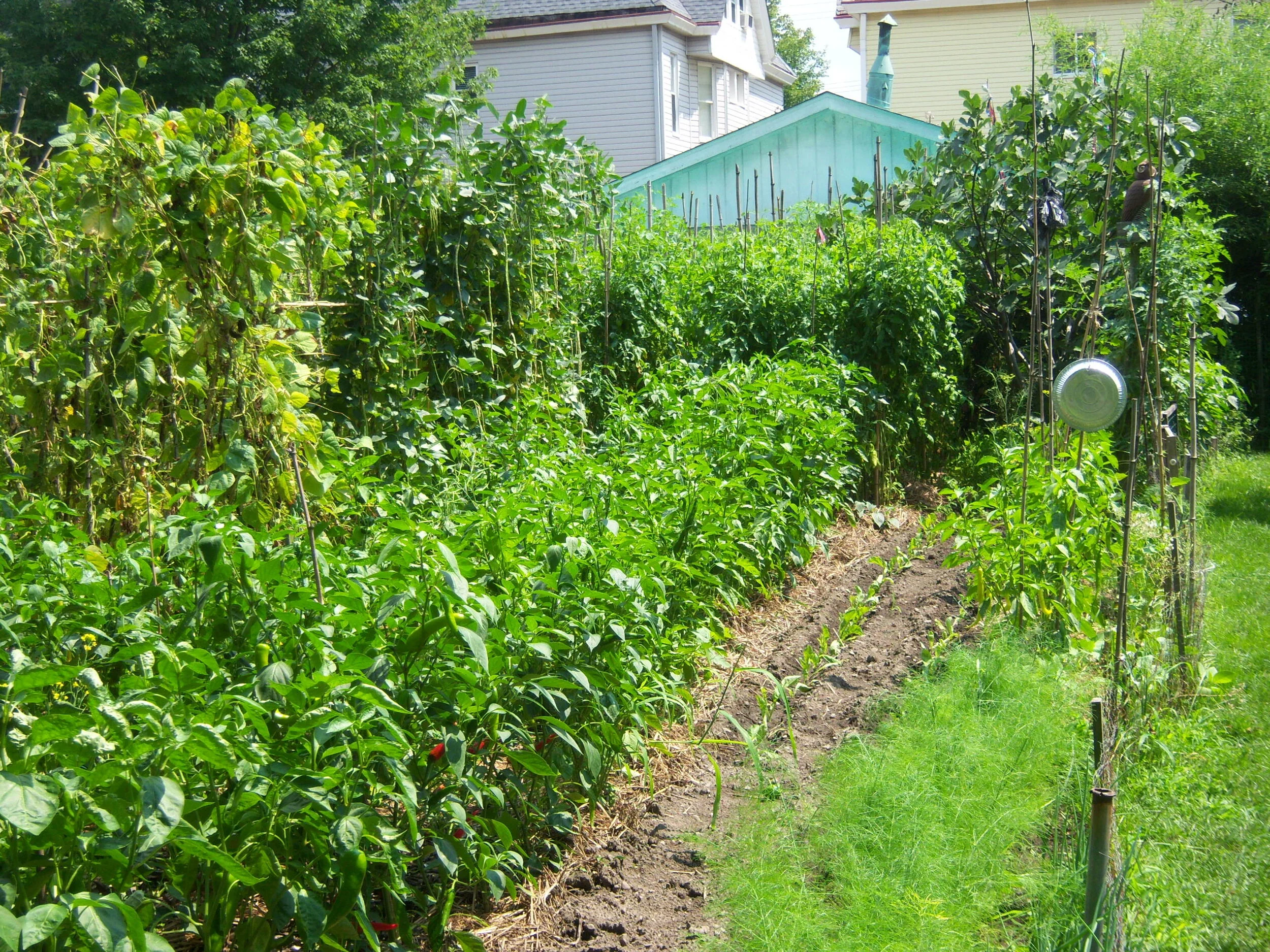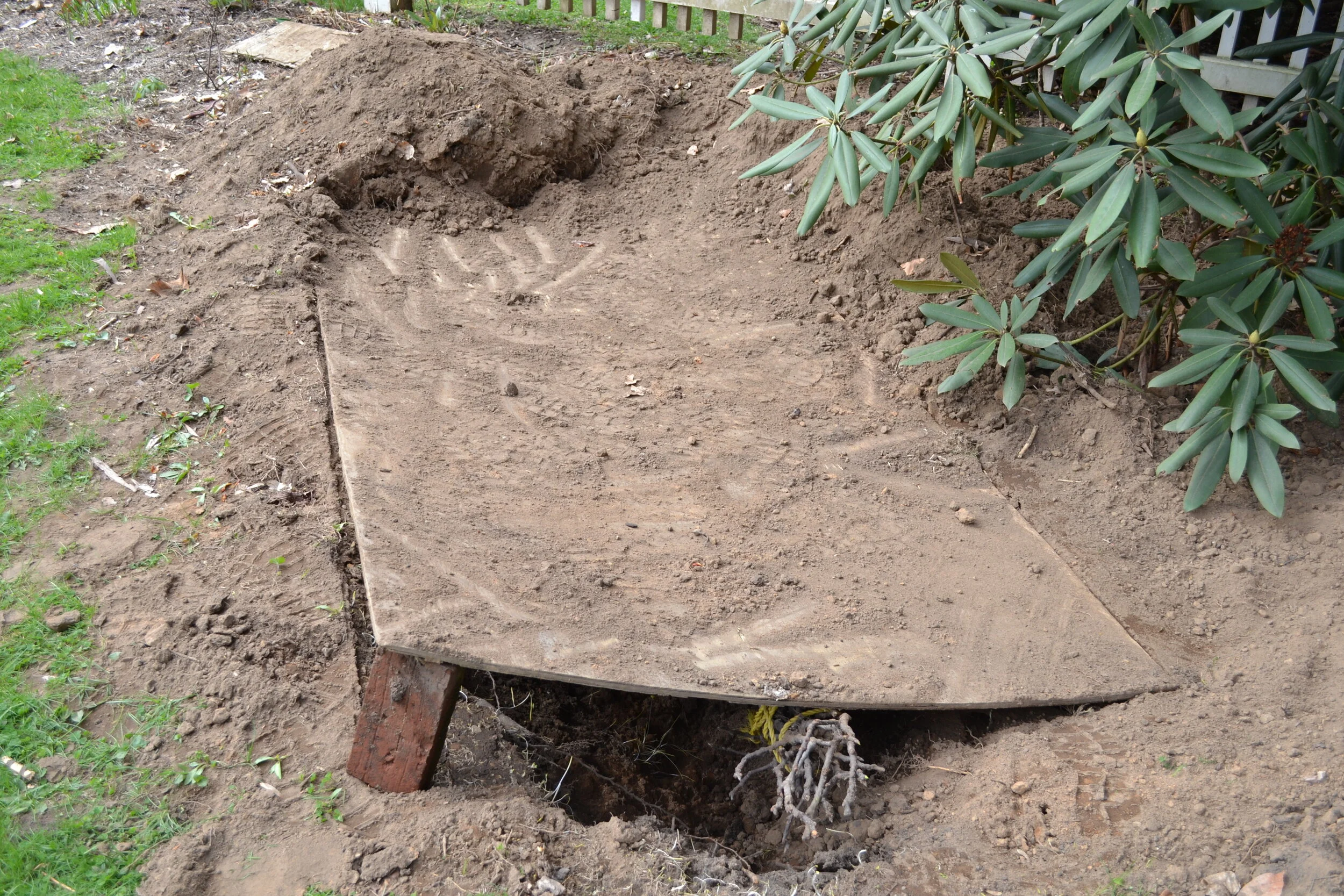It's Time to Wake Up Your Fig Tree
If your fig tree has been tucked away for a long winter’s nap, it’s time to pull back the covers and nudge it out of its slumber. Most fig trees in the colder climates of the north need to have winter protection so whether your tree hibernated buried in a trench, spent the winter in its own little cabin or stood stoically, bundled in blankets and plastic, the warmer days of spring are here and it's time to shed those winter layers and soak up the sun.
During the past several weeks, I’ve been watching as my fig growing friends have been slowly liberating their trees from their winter confinement. (Below) Uncovering in stages allows the tree to begin to breathe and come back from its dormant state slowly without being prematurely exposed to unpredictable spring weather. When the trees are finally fully uncovered, a watchful eye on the weather forecast is vital so that a nightime frost can be anticipated. If frost is predicted, a light protective covering should be temporarily added so that damage to leaves and small developing fruit can be avoided.
Above is one of Tommaso and Tommasina’s trees. They have around twenty, with some planted in the ground and others in pots. To prepare them for winter, the branches are first bundled together and tied with rope. Trees growing in the ground are then either wrapped standing (as seen above) or laid down and partially buried in trenches that are covered with plywood and dirt.In the second photo above, the heavy outer plastic covering has been removed and a thin layer of plastic and straw remains. This was done about two weeks ago.(Second week of April) Several days ago, it was uncovered completely (Third photo) and has small green leaf buds and even some tiny figs on it.
The photo above shows trees wrapped upright at the edge of the large garden behind the garage. In the garden plot in front of them, several trees have been partially uprooted and laid in trenches covered with plywood. A layer of dirt and leaves covers the plywood.
In this photo, the dirt has been removed from the plywood. With the dirt and leaves removed, air can better circulate under the plywood and begin to wake the trees up and help them acclimate to the cool spring air.
In this photo, two weeks later, the plywood has been lifted, but most of the trees will remain horizontal until the danger of frost has past. Lying down, they are exposed to the warm air and sun, but if a nightime frost is expected, they can easliy be protected with the plywood.
Here are the same upright trees in the back of the garden that were wrapped with an outer layer of blue and black plastic. Under the outer covering was a layer of burlap or plastic, and then straw.
There are a total of seven trees in this part of garden. In the photo on the right, one tree has already been stood upright. A support pole of the garage helps stake it in place.
Here is the same garden in July. The fig trees can be seen near the garage. They blend into the rest of the lush green of the garden.
Tommasina also grows trees in containers and overwinters them in an unheated garage. The trees above spent the winter in a back corner of the garage, with the branches bundled and tied with rope and then wrapped in burlap or blankets. They will remain in the shelter of the building until the danger of frost has past. In the second photo, new leaf growth and tiny figs are visible on the branches.
Michele helps me bury my tree each fall and also assists with the unearthing each spring, which we did last Friday (April 19). The photo on the left is the buried tree, laid in a deep trench and then covered with a large piece of plywood with dirt on top of the wood. Very little dirt comes in contact with the tree. A smaller piece of plywood has been removed to expose some of the branches early in the spring, and a brick props up the plywood. This will allow the cool spring air to slowly ready the tree for unearthing. In the photo on the right, Michele is pruning branch tips that have died back during the winter.















